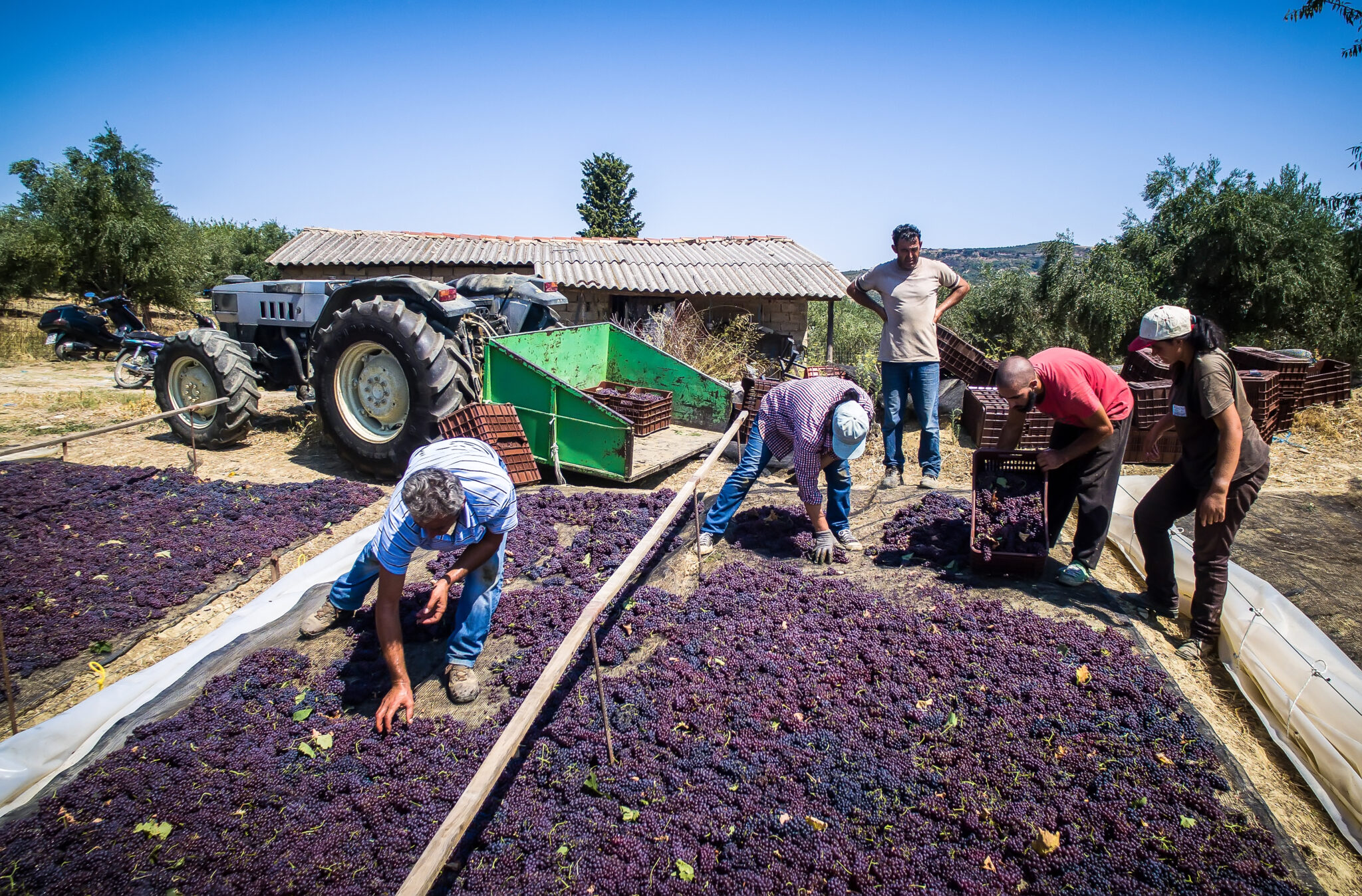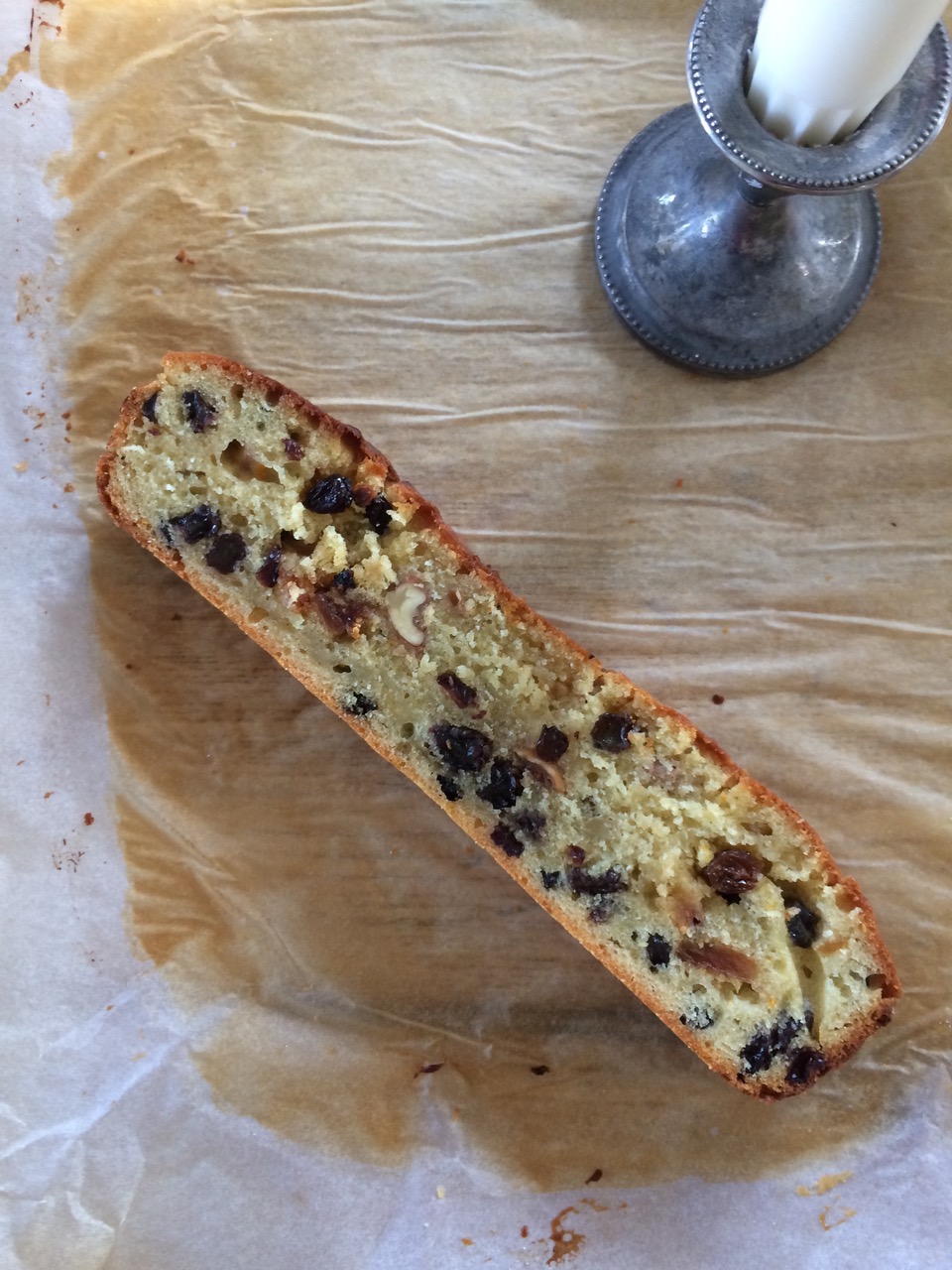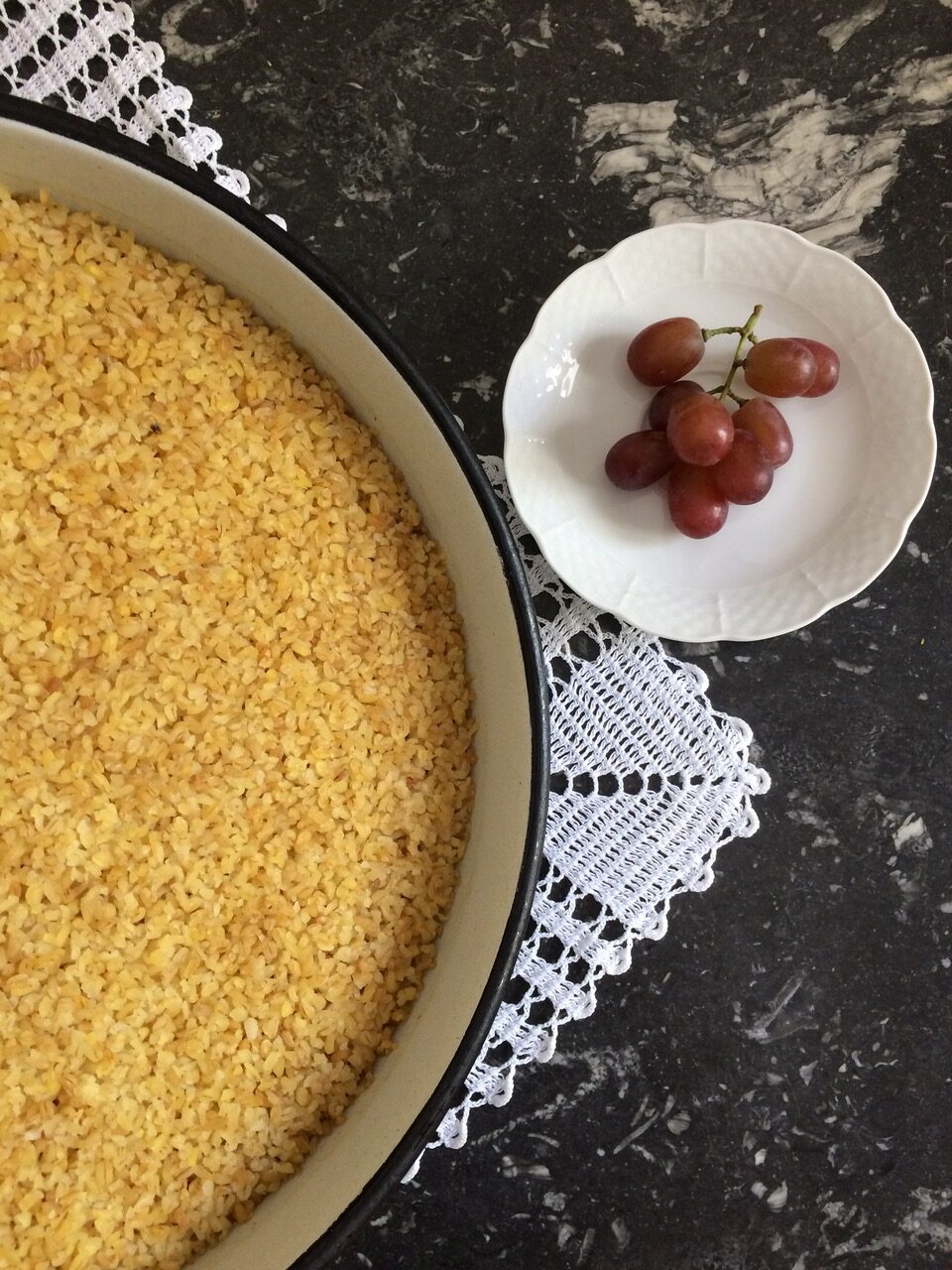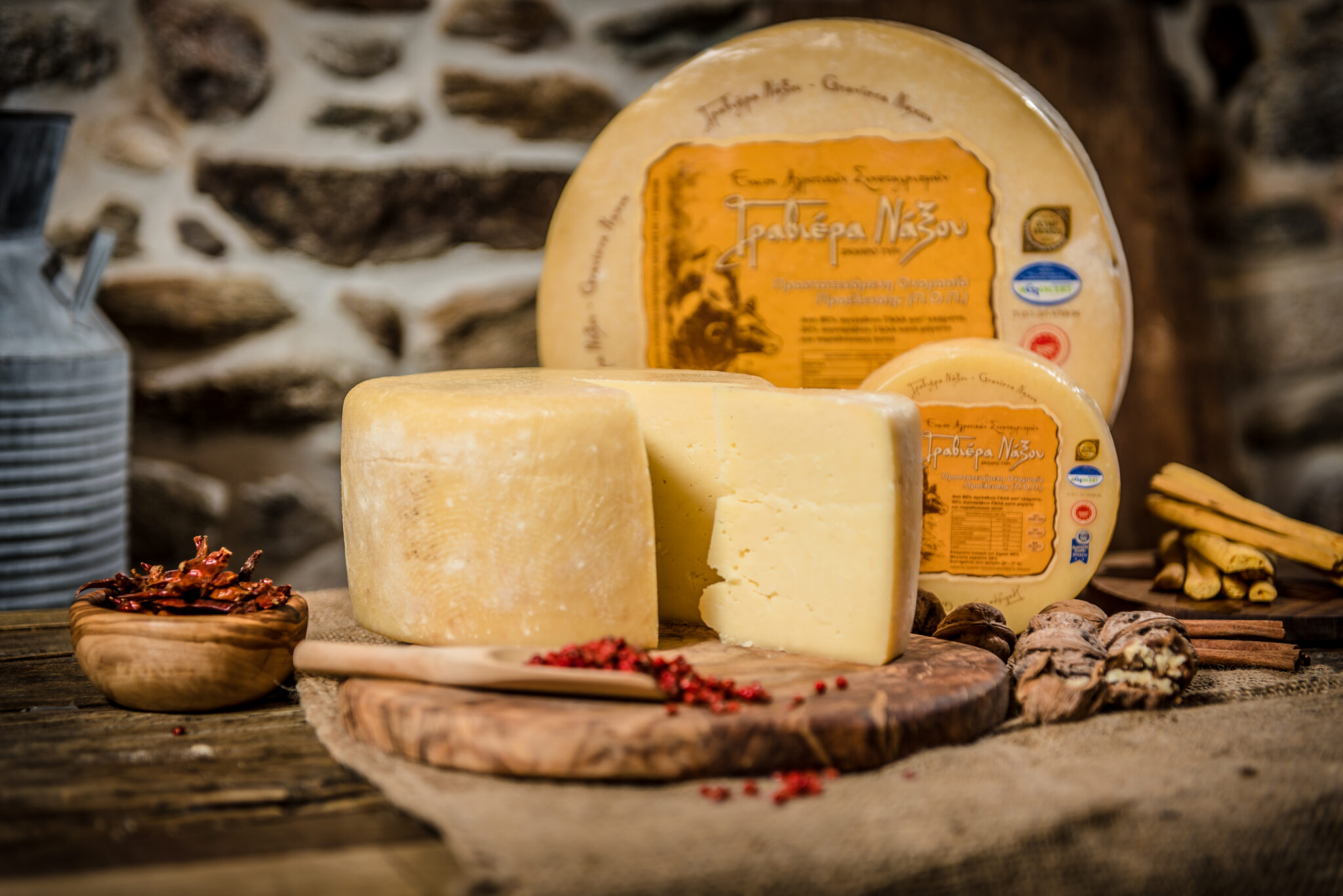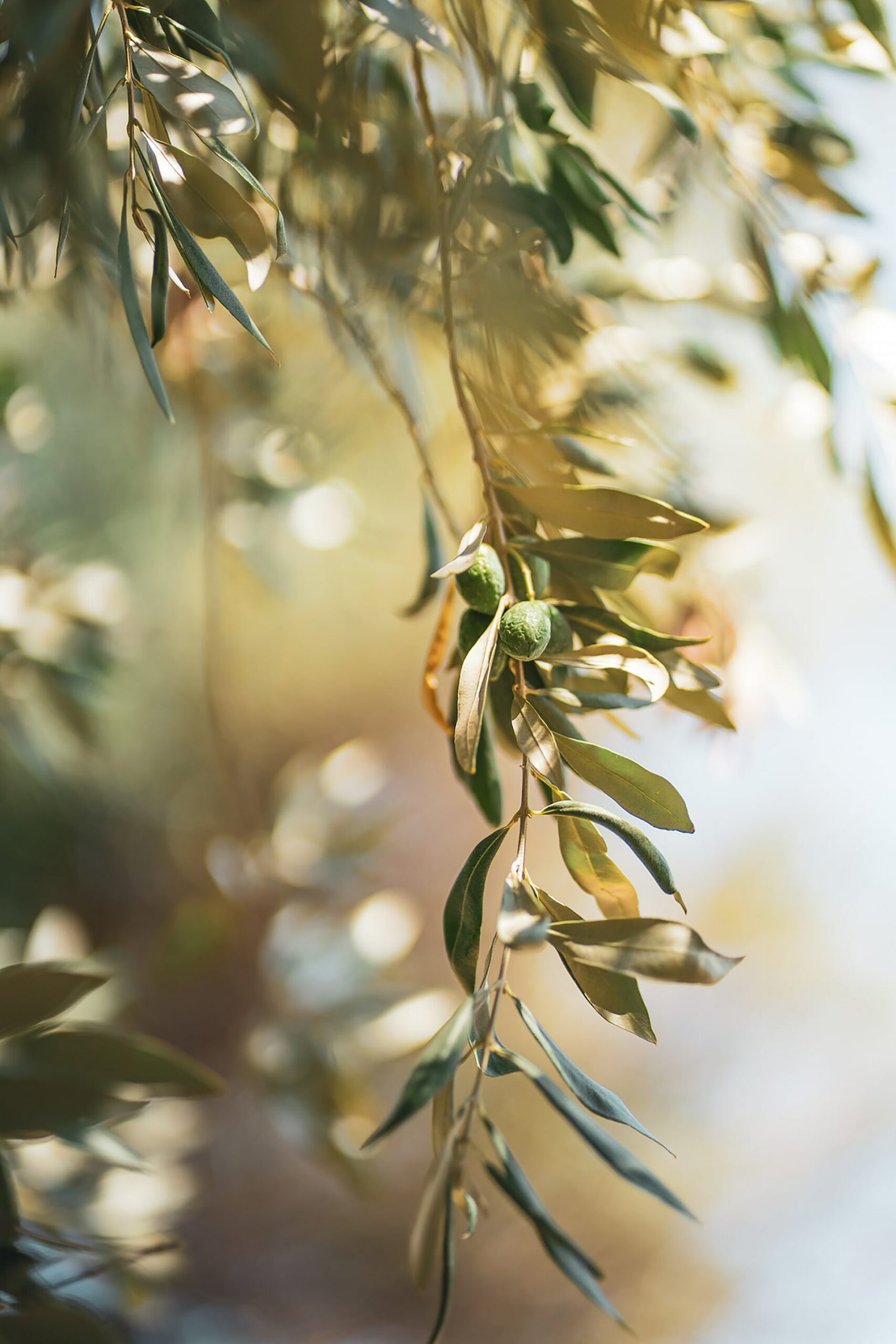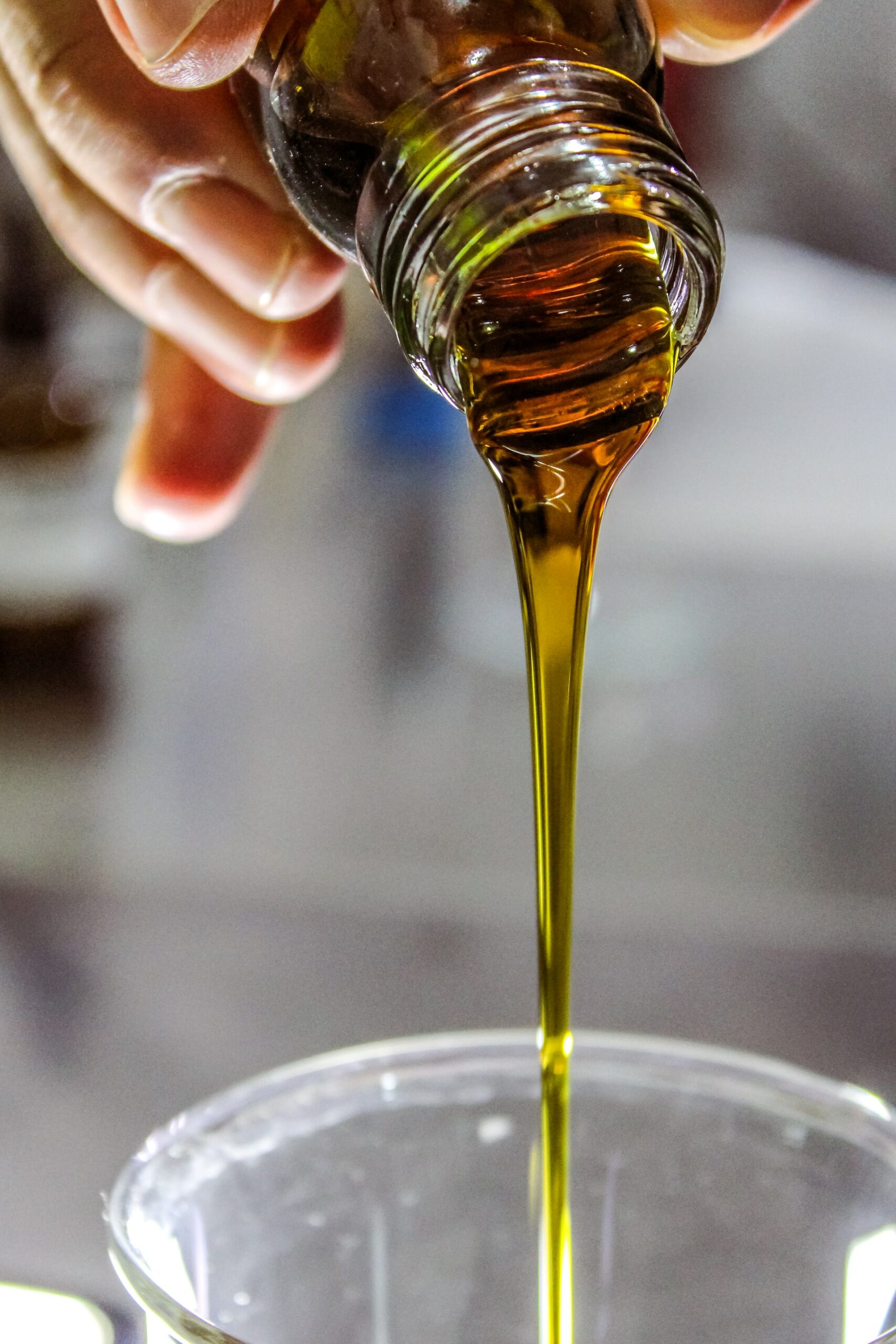
5 Iconic Products Infused into the DNA of Greek Cuisine

Indelibly connected to their place of production, these foods stand out for their authenticity and unique character.
The flavors of a region are an essential part of the visitor experience and an integral component of its identity. Tied to the local products, these flavors reflect the unique characteristics of the area and captivate all who encounter them. When blended seamlessly with the land itself, they create a truly memorable and delightfully tasty experience.
Our little trip around Greece
With the sweet sultana we to journey to Corinth in the Peloponnese, with cracked bulgar wheat to Giannitsa in northern Greece, with Graviera to to the cycladic Island of Naxos, with olive oil to Messiniain southern Greece, and with bottarga to Mesologgi In central Greece.
Avgotaraho ‘Bottarga’ from Mesolongi
Mesologi is a region with a rich history, steeped in dietary knowledge and experience. The lake is a key part of the region’s identity, and it is here that you can find an array of delicious culinary delights such as fresh fish, snails, and Bottarga, a highly prized delicacy made from the salted and cured roe of certain fish species, such as mullet or grey mullet. Bottarga is a traditional ingredient in Mediterranean cuisine and is often shaved or grated over dishes like pasta or salad. These delicacies embody the essence of Mesologi and have the power to introduce the region’s flavours to the rest of the world.
Raisins from Corinth
The Corinthian raisin is an iconic product from a blessed region. For decades, the production of raisins has been a key part of the economy of the entire country. The beautiful landscape of Corinth is home to thousands of vineyards that produce grapes for raisin production. In the fall, the spread raisins transform the scenery into a stunning canvas. When used in cooking, they create culinary magic. They are an essential ingredient in stuffing for Thanksgiving turkey or holiday pilaf. Adding a few raisins to a salad transforms it into a celebratory dish. The sweetness of raisins in baklava, simmered apricots, or orange cookies reminds us of a classic, distinctively Greek taste.
Bulgur wheat of Giannitsa
The cracked bulgur wheat of Giannitsa is a significant staple food throughout the entire Mediterranean region. It has been the basic food for populations living in these areas for centuries and today it is a dominant presence in the cuisine of Macedonia. In the region of Giannitsa, where excellent golden bulgur wheat is grown, we also find dozens of creative recipes as bulgur wheat has crept back into fashion. It can be served on its own as a full meal, as a accompaniment to meat and fish dishes, as a replacement for rice for added flavour, as a filling for dolma (stuffed vine or cabbage leaves), or even as a unique cake. It makes an excellent stuffing for poultry dishes, and if prepared in the oven with a few winter spinach leaves or squashes, it becomes an excellent accompaniment to any meat dish.
Graviera from Naxos
Graviera Naxou is a cheese that has a taste synonymous with the island of Naxos. It is made from 80% sheep’s milk and 20% goat’s milk, and ages for at least 3 months. It is a cheese with excellent balance between piquant, salty and sweet flavours. When it ages for more than 12 months, it becomes extremely complex and resembles certain types of parmesan. In Naxos, it is often aged in cellars with aromatic herbs for up to 2 years, turning it into a delicious surprise. Graviera Naxou is a cheese that embodies the centuries-old cheese-making tradition at the heart of the Cyclades, and pairs perfectly with any type of dish. A few pieces of aged Graviera Naxou are a great accompaniment to red wines. Sandwiches with Graviera, thin slices of quince and a bit of mustard are a completely irresistible breakfast option. As a topping for salads, it adds taste and substance, while in savoury pastries it elevates them to a new level. It is an essential ingredient in many traditional dishes such as pastitsio and mousaka.
Olive oil from Messinia
Messinia’s olive oil is known as “liquid gold” due to its many health benefits and of course its colour. It is a crucial ingredient in many dishes and is widely regarded as the healthiest oil available, containing oleic acid and being a rich source of monounsaturated fats. Overall, virgin olive oil from Messinia has a range of unique flavours, aromas, nutrients, and properties that make it a truly exceptional and irreplaceable food. The region of Messinia is a major producer of high-quality olive oil, primarily from the Koroneiki variety. When visiting the area, you will be surrounded by green hills and slopes shimmering silver, a colour imparted by the variegation of the olive leaves.
If you happen to be there between late October and late December, it is worth taking the time to visit the olive groves and witness the traditional process of olive oil production. The extra virgin olive oil produced in Messinia is the result of a special combination of the natural environment, the expertise of local producers, and modern technology. It is an essential component of the Mediterranean diet and a gastronomic treasure of the region.
Source: travel.gr


